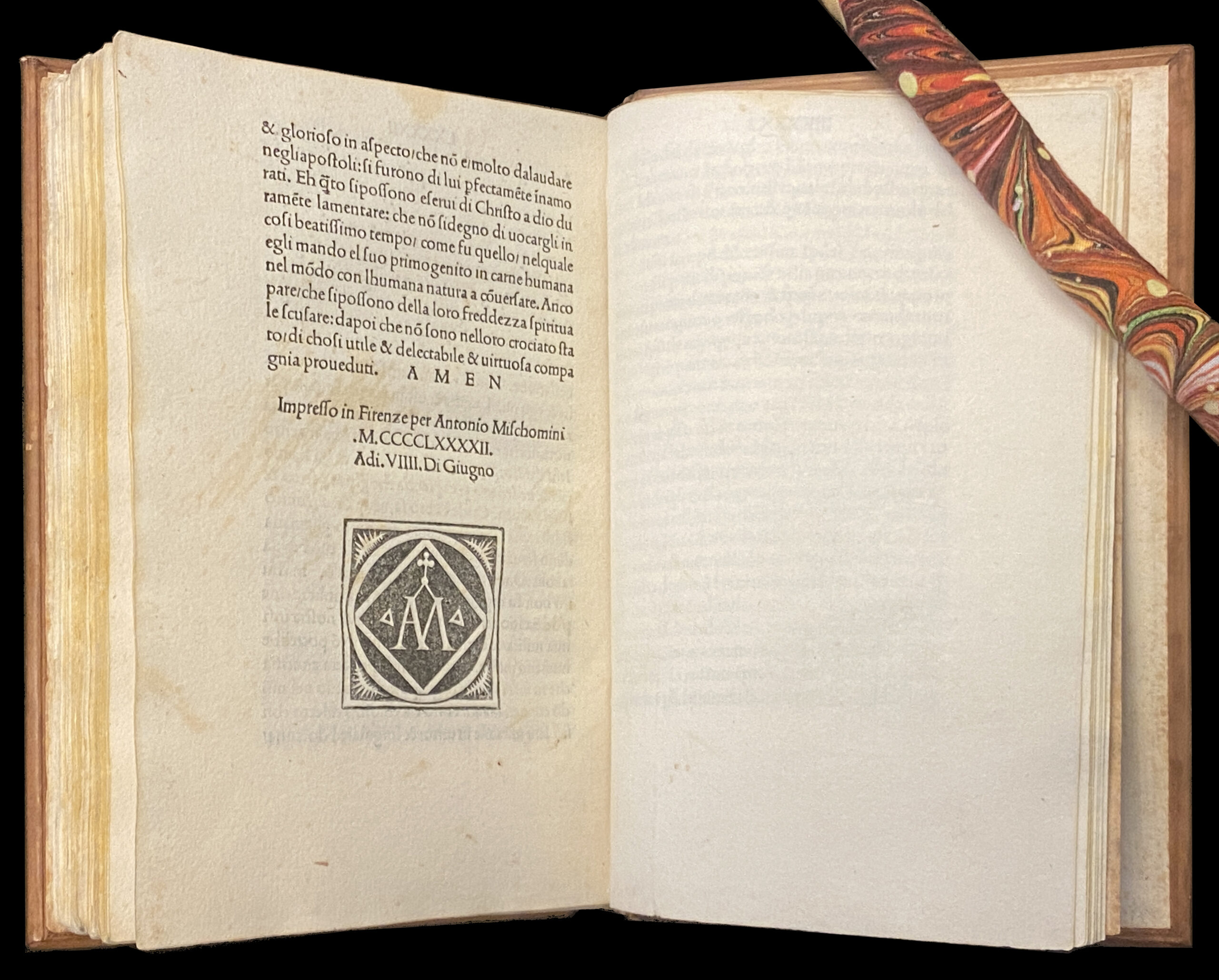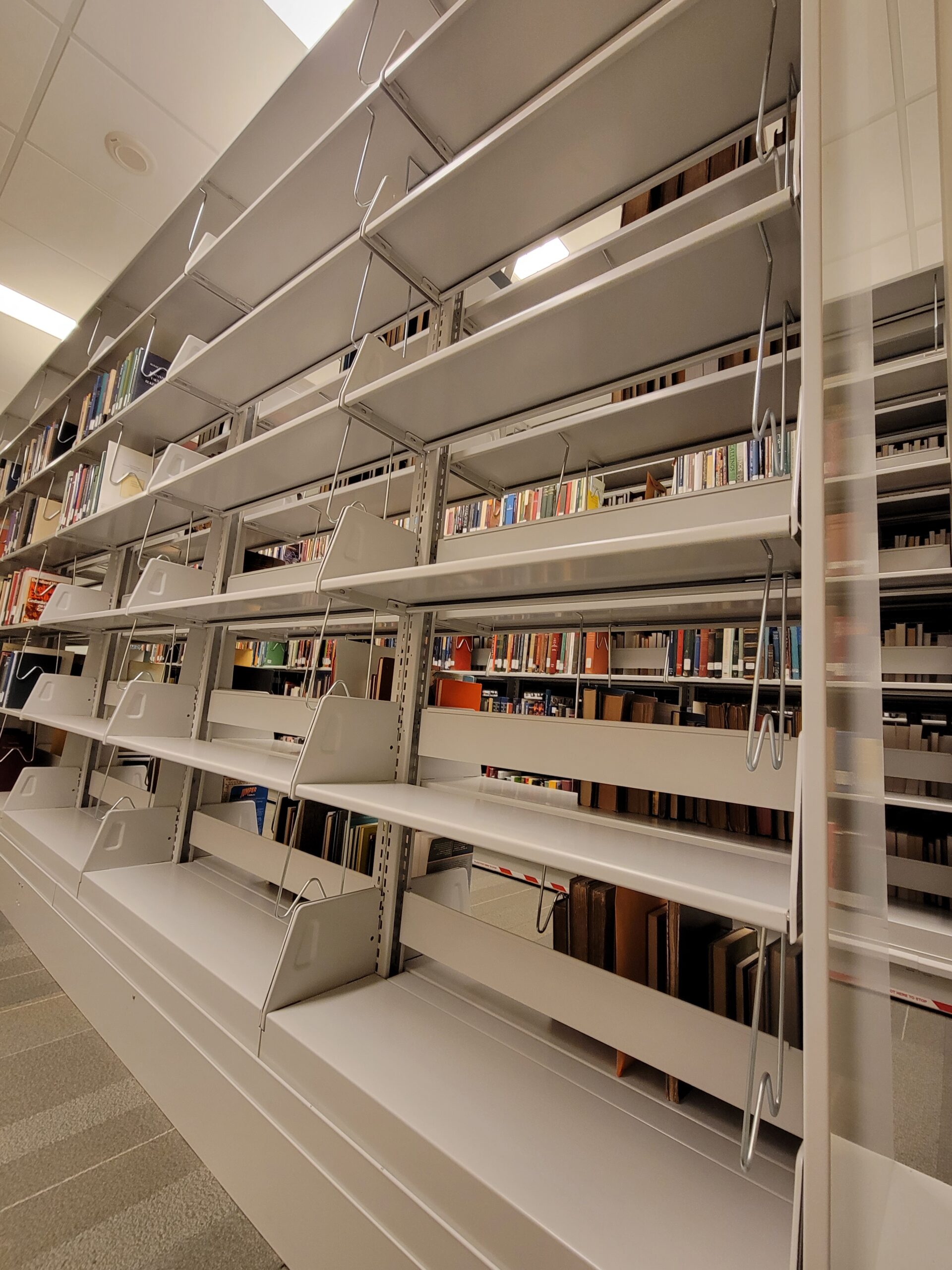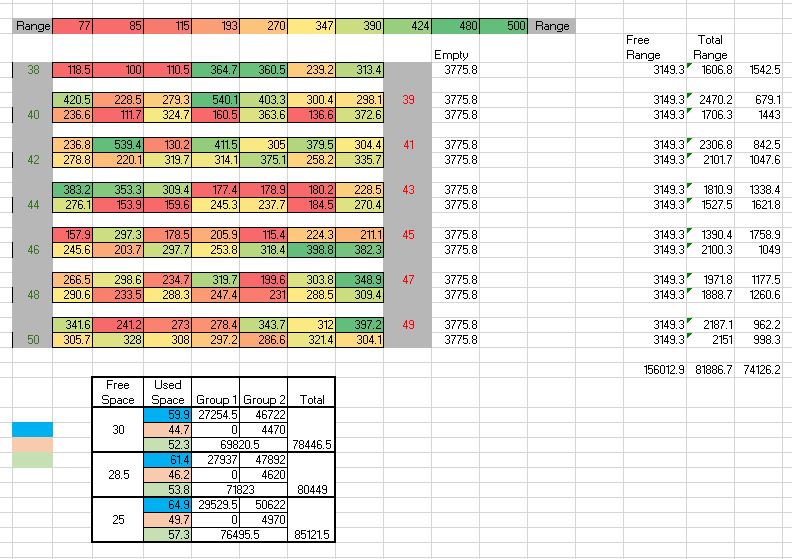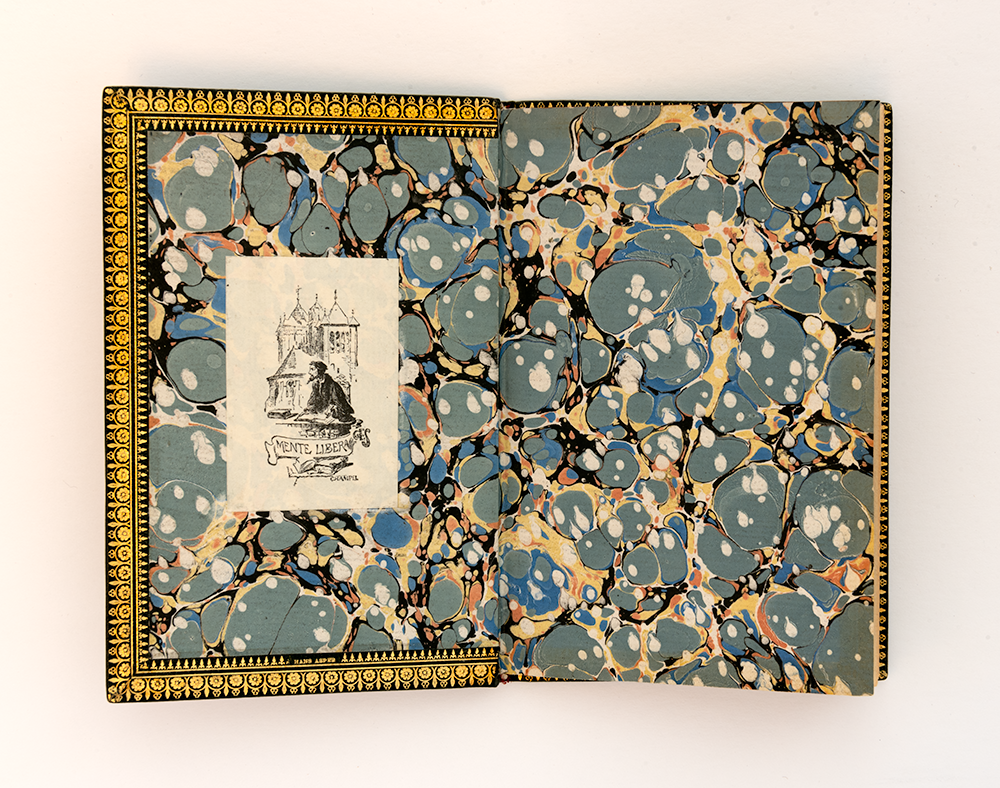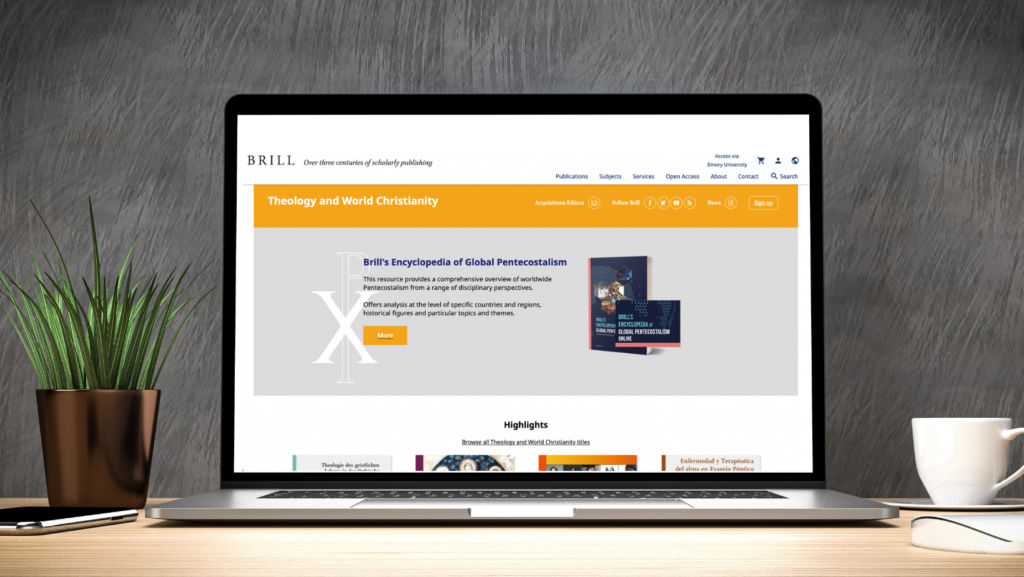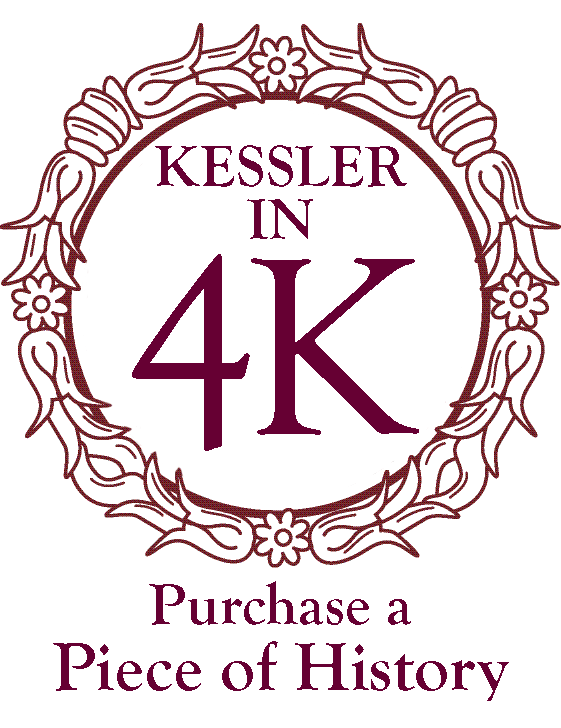Pitts Theology Library recently acquired a book that helps us better understand aspects of the book trade in fifteenth-century Italy. This book contains tracts, or spiritual letters, written by Ugo Panciera (or Panziera) da Prato (circa 1260–circa 1330), who was an Italian theologian, lay member of the Franciscan order, and missionary in the Pera-Galata region of Constantinople. While Panciera was in Constantinople, he wrote a series of spiritual letters, or tracts, which were printed for the first time in this book from 1492.
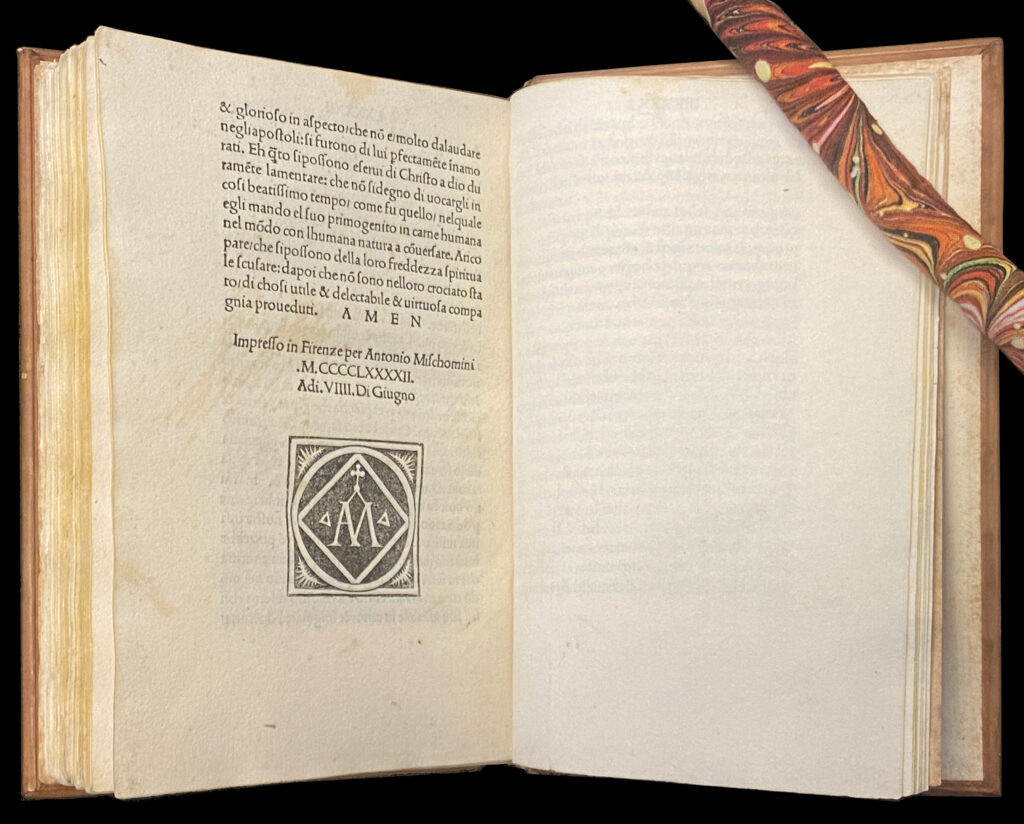
The printing of Panciera’s tracts shed light on competitive printing practices in the fifteenth century. Copyright protections typically did not exist in the fifteenth century and printers often reproduced profitable books produced by other printers. Panciera’s tracts were first printed in Florence by Antonio Miscomini in June of 1492. Miscomini’s edition contained thirteen tracts. Six months later, in December 1492, Miscomini’s rivals, Lorenzo Morgiani and Johannes Petri, issued their own edition of Panciera’s tracts. Their edition copied the text of Miscomini’s edition, but added a fourteenth tract. For this reason, Morgiani and Petri claimed that their version was fuller and superior to the earlier printed edition by Miscomini. Yet the newer edition retained errors produced by Miscomini and printed the text in a more condensed and crude typeface to save money on production costs. Nevertheless, this newer edition of Panciera’s tracts seems to have cut into the sales of Miscomini’s earlier edition. So in response to this newer edition, Miscomini added the fourteenth tract to his unsold copies. Copies of Miscomini’s edition containing the additional tract are rare and so it is significant that the copy of Panciera’s tracts which our library recently acquired does contain the fourteenth tract.
To view the catalog record for this book or to request to view the book in Special Collections click on the following link: https://search.libraries.emory.edu/catalog/9937673492502486
For more information on this topic, see Paul F. Gehl, “Watermark evidence for the competitive practices of Antonio Miscomini”, The Library 15 (1993), 281-305.
Written by Brandon Wason, Head of Special Collections

